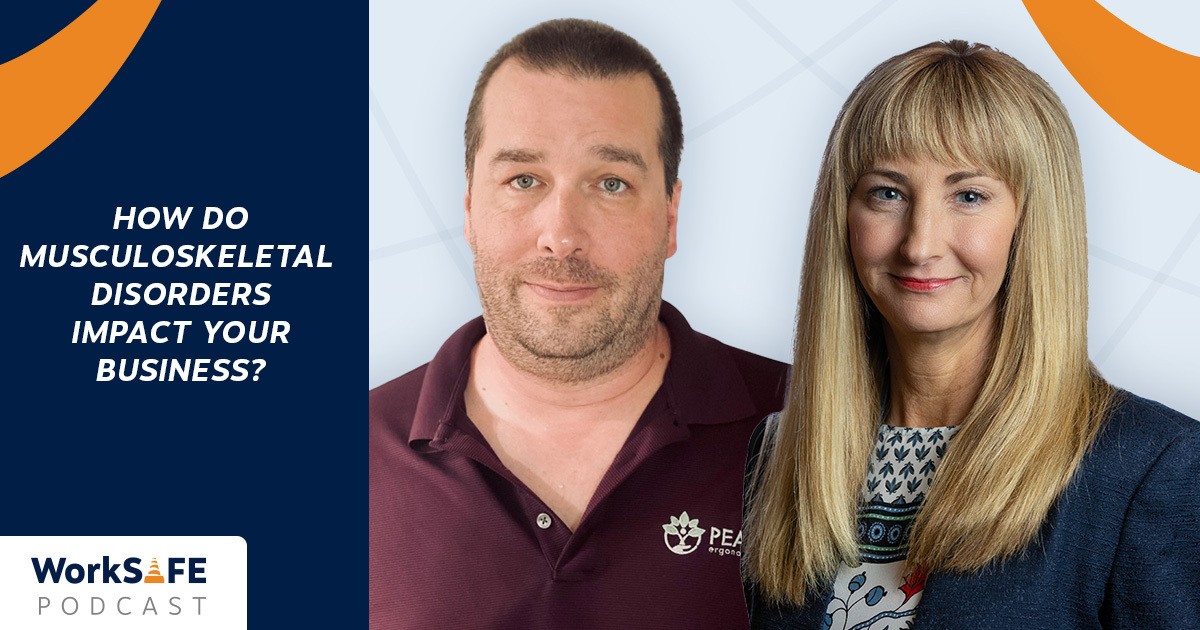
Muscle Injuries like Musculoskeletal Disorders
Muscle injuries like musculoskeletal disorders (MSD) affect certain areas of the body. This includes muscles, tendons, ligaments, cartilage, joints, nerves and spinal discs. The Occupational Safety and Health Administration (OSHA) divides MSDs into two categories: illness and injury. An injury happens when a worker can identify a time or date, they started to have pain. For example, pulling a muscle while lifting a heavy box.
Illnesses are harder to pin down. An illness is more insidious and onset. You can’t really figure out when exactly it happened. For many, it starts as simple soreness or a twinge of pain. Over time, the pain gets worse. This is often triggered by repetitive motion. Today, ergonomics professionals call this a slow progression cumulative trauma disorder, or musculoskeletal disorder illness.
A Short History of Ergonomic Guidance
Twenty years ago, an ergonomic standard passed in the U.S. government. It labeled all cumulative trauma disorders as work-related. For instance, a common illness workers experience is Carpal Tunnel Syndrome. It causes pain in the hand and arm. Due to the standard, OSHA would have always considered it to be caused by a job. But in reality, this isn’t always the cause. And presuming that it was conflicted with work comp laws.
The ergonomic standard was considered controversial. As a result, it was rescinded shortly after. However, the discussion did result in a comprehensive report by the National Institute for Occupational Safety and Health (NIOSH). It incorporated important information from the original standard and is still used today.
5 Factors that Contribute to Musculoskeletal Disorders
There are five factors that contribute to musculoskeletal disorders. These actions or movements are done often in the workplace. Eventually, they can lead to injury and illness. Pain begins when employees do the following motions:
- Repetition. This is classified as frequency and speed over time. If you are doing something more than twice a minute, then it can be called repetitive.
- Force. This includes gripping, pinching, lifting, carrying, pushing and pulling.
- Posture. Awkward posture, or holding the same position for a long time, are MSD risk factors.
- Contact stress. Sudden impact, or sustained pressure, on certain parts of the body can create strain.
- Vibration. There are two types of vibration: whole body and segmental hand-arm. Whole body is caused by moving floors, or activities like driving a machine. Segmental hand-arm occurs often through, like pneumatics guns or sanders.
A single factor isn’t likely to cause injury. Just one alone isn’t going to cause you to have a disorder. It’s usually a combination and from my experience, it’s usually three – when you get three of these risk factors together. For example, posture, force and repetition are the greatest factors in shoulder injuries. However, posture, force and vibration contribute the most to back injuries.
